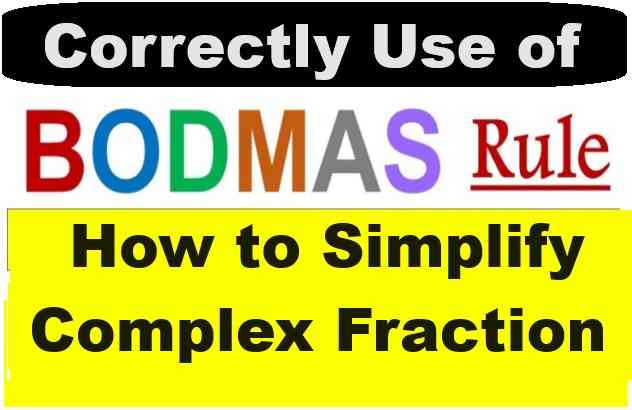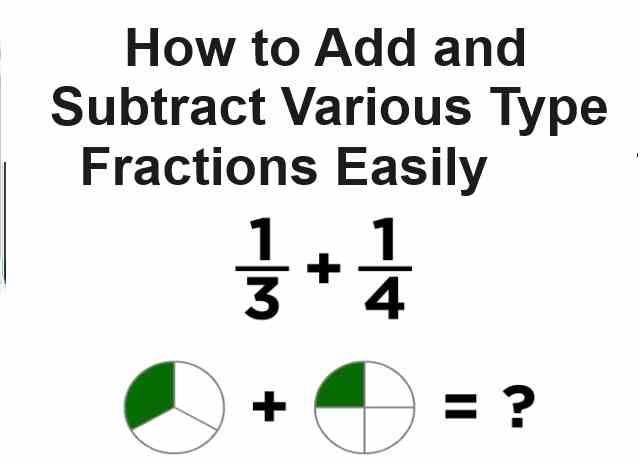Rest and Motion Kinematics HC Verma Solutions Que for Short Ans Ch-3 Vol-1 Class-11. Step by step Solutions of HC Verma Ch-3 Rest and Motion Kinematics Que for Short Ans for Class-11 Volume- 1 (Concept of Physics). Visit official Website CISCE for detail information about ISC Board Class-11 Physics.
Rest and Motion Kinematics HC Verma Solutions Que for Short Ans Ch-3 Vol-1 Class-11
| Board | ISC and other board |
| Publications | Bharti Bhawan Publishers |
| Ch-3 | Rest and Motion Kinematics |
| Class | 11 |
| Vol | 1st |
| writer | H C Verma |
| Book Name | Concept of Physics |
| Topics | Solution of Questions for short answer |
| Page-Number | 48, 49 |
-: Select Topics :-
Question for Short Answer
Question for Short Answer
Rest and Motion Kinematics HC Verma Solutions Concepts of Physics Ch-3 Vol-1 Class-11
(page-48)
Question-1
Galileo was punished by the Church for teaching that the sun is stationary and the earth moves around it. His opponents held the view that the earth is stationary and the sun moves around it. If the absolute motion has no meaning, are the two viewpoints not equally correct or equally wrong?
Answer-1
The absolute motion has no meaning. In the relative motion view, the two viewpoints are the same. Hence, both viewpoints are equally correct or equally wrong.
Question-2
When a particle moves with constant velocity, its average velocity, its instantaneous velocity and its speed are all equal. Comment on this statement.
Answer-2
Constant velocity means that a particle has the same direction and speed at every point. So, its average velocity and instantaneous velocity are equal. Its speed being a scalar quantity is equal in magnitude only.
Question-3
A car travels at a speed of 60 km/hr due north and the other at a speed of 60 km/hr due east. Are the velocities equal? If no, which one is greater? If you find any of the questions irrelevant, explain.
Answer-3
No, as the directions of the cars are different, their velocities are not equal, as velocity is a vector quantity.
We cannot compare velocities on the basis of direction only, so the question is irrelevant.
Question-4
A ball is thrown vertically upward with a speed of 20 m/s. Draw a graph showing the velocity of the ball as a function of time as it goes up and then comes back.
Answer-4

Question-5
The velocity of a particle is towards west at an instant. Its acceleration is not towards west, not towards east, not towards north and towards south. Give an example of this type of motion
Answer-5
Motion of a projectile at the highest point of its path: Because at this point, the projectile has only horizontal component of velocity. So, it can have velocity towards west and acceleration in the vertically downward direction.
Question-6
At which point on its path a projectile has the smallest speed?
Answer-6
A projectile has the lowest speed at the highest point of its path because the vertical component of velocity is zero at this point.
Question-7
Two particles A and B start from rest and move for equal time on a straight line. The particle A has an acceleration a for the first half of the total time and 2a for the second half. The particle B has an acceleration 2a for the first and a for the second half. Which particle has covered larger distance?
Answer-7
Let ‘2t’ be the total time for which the particles move, vA and vB the velocities of particle A and B after first half of the total time.
From the equation v=u+at,
For particle A, u=0, vA = at
using equation s=ut+1/2 at²
Total distance traveled by particle A =(ut+½at²)+(vAt+½2at²)
=(0+½at²)+(at.t+at²)
=½at²+2at²
=2.5 at²
For particle B, vB =0+2at =2at,
So total distance traveled by particle B
=(ut+½2at²)+(vBt+½at²)
=(0+at²)+(2at.t+½at²)
=at²+2at²+½at² =3at²+½at²
=3.5 at²
Question-8
If a particle is accelerating, it is either speeding up or speeding down. Do you agree with this statement?
Answer-8
Acceleration does not mean speeding up or speeding down. It means the change of velocity either in direction or in magnitude.
Question-9
A food packet is dropped from a plane going at an altitude of 100 m. What is the path of the packet as seen from the plane? What is the path as seen from the ground ? If someone asks “what is the actual path”, what will you answer?
Answer-9
The path of the packet (as seen from the plane) is a vertically downward straight line, as the horizontal velocity of the packet and the plane is the same.
As seen from the ground, the path of the packet is a parabola.
The path is defined with respect to some reference frame. As there is no absolute reference frame, no actual path is defined.
Question-10
Give example where
(a) the velocity of a particle is zero but its acceleration is not zero.
(b) the velocity is opposite in direction to the acceleration.
Answer-10
(a) At the highest point when a particle is thrown vertically upwards.
(b) While going up when a particle is thrown vertically upwards.
Question-11

Answer-11
At t = t1,
Slope = Positive ⇒ Velocity = Positive
Slope is increasing ⇒ Acceleration = Positive At t = t2,
Slope = Constant ⇒ Velocity = Zero
Slope is constant ⇒ Acceleration = Negative At t = t3,
Slope = Negative ⇒ Velocity = Negative
Slope is increasing ⇒ Acceleration = Negative
Question-12
Answer-12
Question-13
Answer-13
Question-14
Answer-14
—: End of Rest and Motion Kinematics HC Verma Solutions Que for Short Ans :–
Thanks




